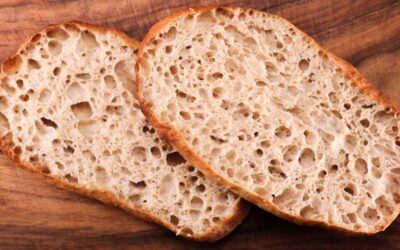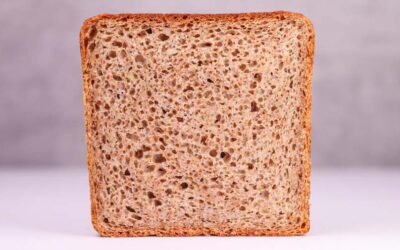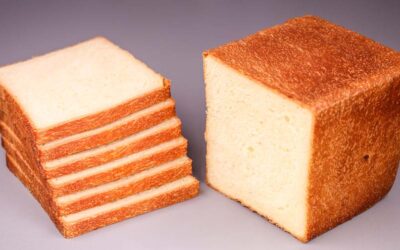This recipe is a modified version of one of the recipes I demonstrated in my recent baking schedule video. There I showed two example recipes to help you create your ideal low-effort baking schedule, so that you can enjoy freshly baked bread throughout the week.
While the recipes were good for demonstration purposes, and I quite enjoyed them as they were, I decided to elaborate on the base recipes and create something a little more advanced and better by changing the methods ever so slightly. Small changes make for big differences.
What sets this recipe apart from other mostly wheat flour recipes is the addition of fermented rye malt powder which is usually used in rye bread making. Rye malt is a dark coffee-like powder with an intense flavour and aroma. It adds a rich and unique flavour to bread. It is one of my favourite ingredients in rye bread.
I cannot find a reliable source for it on the internet though. Usually, I find it on eBay where it is sold from various Eastern European countries and takes ages to arrive. It’s worth the wait, however. Search for ‘fermented rye malt powder’.
But if you cannot find it or if you’re not a fan, then you can simply leave it out of this recipe. The bread will turn out super flavourful and unique regardless. You can modify the recipe by using other seeds, swapping the flours around, and even by adding some sweetening like honey or molasses.
This recipe makes a medium-sized loaf that will perfectly fit in a 20cm (8in) banneton.
Watch the video down below for detailed instructions.
Ingredients
For the soaker –
20g (0.7oz) wholegrain (dark) rye flour
8g (0.28oz) salt
20g (0.7oz) fermented rye malt powder
5g (0.17oz) caraway seed
5g (0.17oz) dill seed
20g (0.7oz) linseed
200g (7oz) boiling water
For the main dough –
4g (0.14oz) instant dry yeast or 4.8g (0.17oz) active dry yeast or 12g (0.42oz) fresh yeast
100g (3.5oz) water
80g (2.8oz) whole wheat flour
300g (10.6oz) white bread flour
To learn more about no-knead bread dough temperature control click here.
The flour I use has a protein content of 13%. If your flour is weaker, then you may need to lower the hydration.
If you are using active dry yeast, then you may need to let it sit in the water for 10 minutes before adding the other ingredients or else it could take a lot longer to raise the dough.
Method
- Make the soaker. In a large bowl combine the rye flour, salt, malt powder, dill seed, caraway seed, linseed, and boiling water. Mix well. Cover and leave to cool down.
- Make the dough. Add the water and the yeast to the soaker. Mix. Add the whole wheat and white bread flours and mix to a dough. *Desired dough temperature around 24C (75F).
- Cover and refrigerate for 30 minutes.
- Fold.
- Cold ferment for 18 – 24 hours.
- Pre-shape and leave to rest for 30 minutes.
- Final shape. Place in a banneton with the seam side up.
- Final proof for 1.5 – 2 hours.
- Score and bake for 35 minutes at 220C (430F) fan on or 240C (465F) fan off. If you are using a pan with a lid, then bake for 25 minutes with the lid on and remove the lid for the final 10 minutes of baking.
Keep in mind that the conditions in each kitchen are different, so fermentation times may vary for you. It is up to the baker to control the bread and react accordingly.
Your oven may be different too, so your baking time may vary.
White bread recipe ingredients –
400g (14.1oz) white bread flour
4g (0.14oz) instant dry yeast or 4.8g (0.17oz) active dry yeast or 12g (0.42oz) fresh yeast
8g (0.28oz) salt
270g (9.5oz) water



